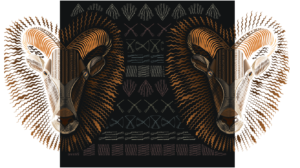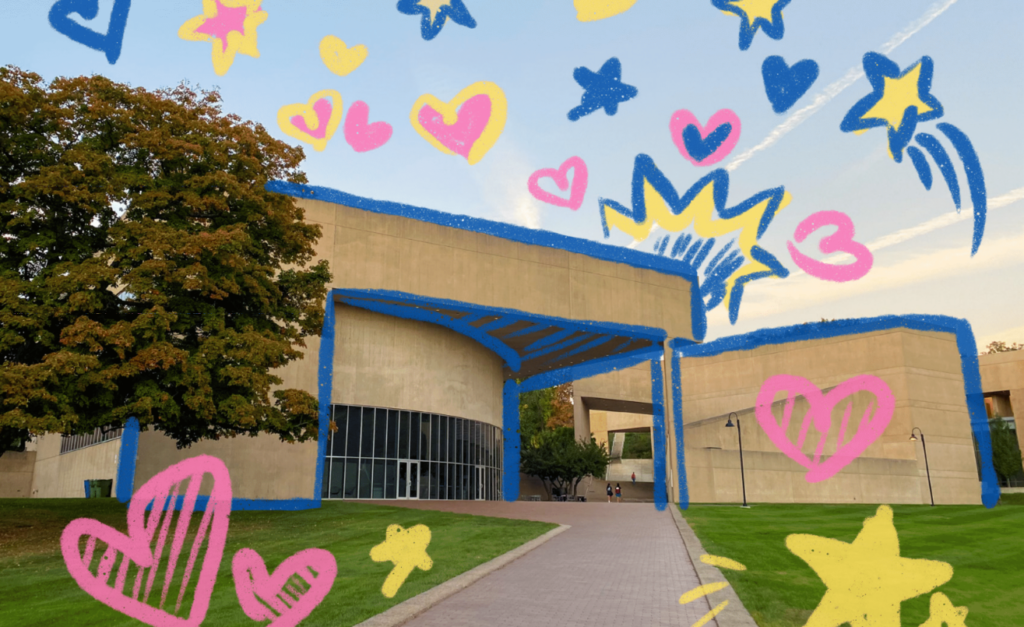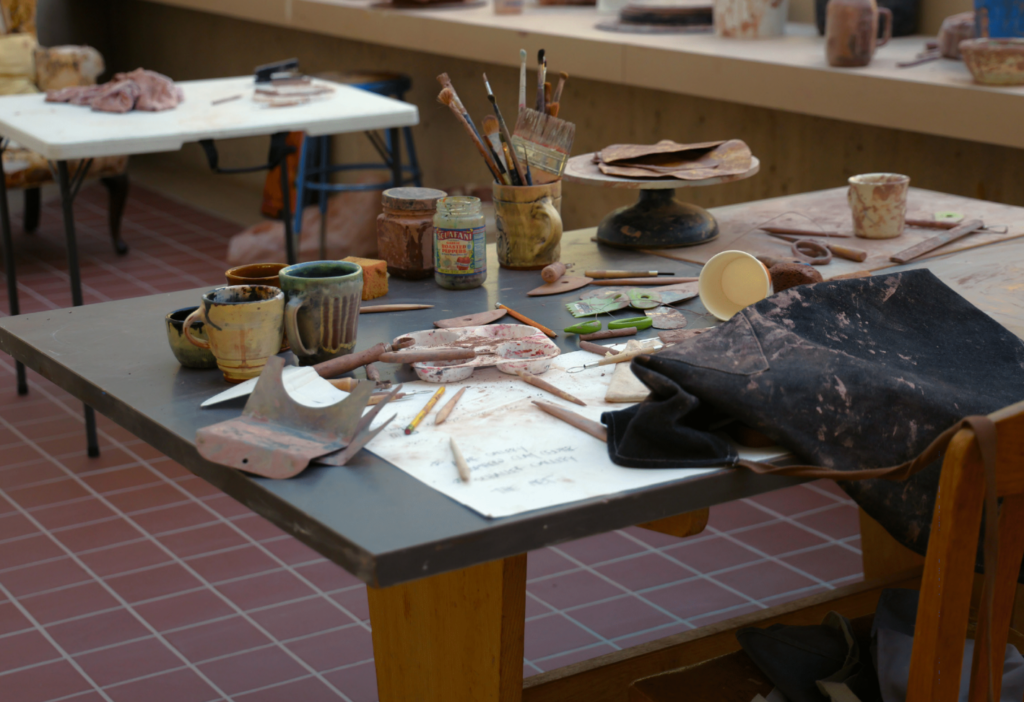
Chandler Littleford ’20 created this artwork of a Himalayan tarh in Digital Media and Design, a new class at Choate. Graphic by Chandler Littleford/The Choate News
A series of artwork produced by students from a new class, Digital Media and Design, now hangs in the Hill House commons.
This course focuses on employing digital tools such as Adobe Photoshop and Illustrator to create artwork. Kevin Lynch ’19, a student in the class, said, “I think the class goal is to improve and push our own artistic skills and abilities while also creating art that carries a message. Of course, we want art to be appealing to the viewer, but what is more important is what they glean from it. That is the measure of our success or failure.”
The class, taught by new teacher Aaron Sober, consists of four students who have formed good relationships. “It’s a very close, fun little group. More like a club than a class,” said Chandler Littleford ’20, another student. Littleford chose to take this course in order to further her knowledge of Photoshop and Illustrator. She, however, could not do this in previous years because of the lack of teacher availability to teach the class. Mr. Sober was able to fill this gap. “You need someone with a handle on graphic design as well as traditional art. Mr. Sober is really great. He knows what he’s talking about when it comes to digital art,” Littleford’20 said.
Tyler Carreon’21, a third member of Digital Media and Design, believes that the class name is not fitting. Carreon thinks that most people would better understand it if simply labeled “graphic design.” He commented, “The class doesn’t get the attention it deserves because of its misrepresentation. We have new pieces that really are going to show just how fun the class is.”
The current exhibit was based upon a previous project done by photographer Joel Satore, known as “The Photo Ark.” Satore’s mission highlights the prevalence of animal endangerment through photography. The members of the graphic design class wanted to educate members of the Choate Rosemary Hall community by representing some animals that face grave danger due to poaching, recreational hunting, and habitat destruction.
Littleford hopes to capture the beauty of her chosen animal, the Himalayan tarh, all the while reminding others that it’s in danger. She realizes the exhibition will not have a great impact, but hopes it’ll draw attention to the beauty being destroyed while we go about our lives.
The Himalayan tahr has similar features to a mountain goat. The biggest danger to the species is sports hunting. After researching “tahr hunting,” Littleford discovered hundreds of pictures of people posing with the tahrs killing them. She says, “I’m looking at this reference photo I have, of this tahr staring straight in the camera with these huge eyes. You wonder how anyone could ever shoot a creature like that point-blank. I guess I wanted to convey all the kind of wistfulness I got from thinking about that.”
Lynch’s artwork focuses on the Mexican Grey Wolf. Featured is the wolf itself, but the significance of the piece lies in the background, where a hunting scope is centered around the wolf’s head. The wolf is meant to appear powerful, which is expressed by the dark, piercing eyes in the center of the piece.
Lynch expressed his realization that, “no matter how powerful the wolf may be, we hold the ultimate power in our hands of whether it lives or dies.”




